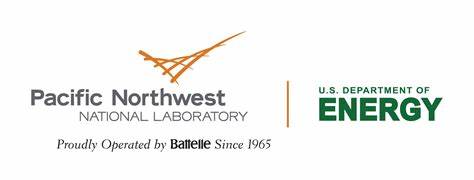Part 2 of 4 Parts (Please read Part 1 first)
Although part of the problem facing the nuclear industry has to do with the huge upfront price of nuclear power and the current preference for “green” energy such as solar and wind, the global nuclear industry is also suffering from public and governmental backlash over the nuclear power plant disasters at Three Mile Island, Chernobyl and Fukushima.
Robert Alvarez says that there is no actual empirical evidence that nuclear power plants can operate safely and economically for a hundred years. There is no way to ignore the problems of aging at nuclear power plants that operate at extreme temperatures and pressures as well as experiencing radiation fatigue from bombardment of neutrons release by the nuclear fission. After all, as Alvarez said, “Who would want to ride in a one-hundred-year-old car?”
Paul Gunther is the director of the Reactor Oversight Project of the organization Beyond Nuclear. He says, “The new construction of nuclear power plants is proving to be more expensive and more dubious than ever before. So, the nuclear industry and the NRC are in the process of developing a plan to get these existing aging and inherently dangerous machines to run for 100 years. This raises all kinds of problems that have never been addressed.” Apparently, there is little appetite at the NRC and the U.S. Department of Energy (DoE) to address them.
The NRC commissioned the DoE’s Pacific Northwest National Laboratory (PNNL) to carry out a study and issue a report in 2017. The report was titled “Criteria and Planning Guidance for Ex-Plant Harvesting to Support Subsequent License Renewal.” Gunther said, “The federal laboratory was contracted by the NRC to develop the criteria and guidance document to address and close numerous ‘knowledge gaps’ in the license renewal safety review process to provide the ‘reasonable assurance’ that the reactors could be operated reliably and safely into the license extension period.” The report raised important questions regarding extending the operating licenses of nuclear power plants.
Gunther said that the PNNL report was posted on its website in December of 2017. “It was also posted to the websites of the Department of Energy Office of Scientific and Technical Information and the International Atomic Energy Commission’s International Nuclear Information System.” Gunther attended a public meeting at the NRC headquarters in Rockville Maryland in September of 2018 on the topic of operating license extensions. He said that when he started asking questions based on the information in PNNL report, the NRC officials were surprised. Following that meeting, the NRC “wiped all three websites of the report.”
The NRC eventually reposted the report on the websites, but it had been “scrubbed clean of dozens of references to safety-critical knowledge ‘gaps’ pertaining to many known age-related degradation mechanisms described in the original published report,” according to Gunther. “The NRC revision also scrubbed Pacific Northwest National Laboratory findings and recommendations to ‘require’ the harvesting of realistic and representative aged materials from decommissioning nuclear power stations—base metals, weld materials, electric cables, insulation and jacketing, reactor internals and safety-related concrete structures like the containment and spent fuel pool—for laboratory analyses of age degradation. The laboratory analyses are intended to provide ‘reasonable assurance’ of the license extension safety review process for the projected extension period.”
Please read Part 3 next
Nuclear Reactors 857 – The Dangers Of Overextending Licenses For Nuclear Power Plants – Part 2 of 4 Parts

